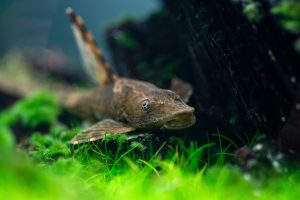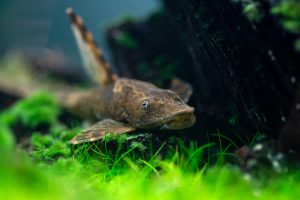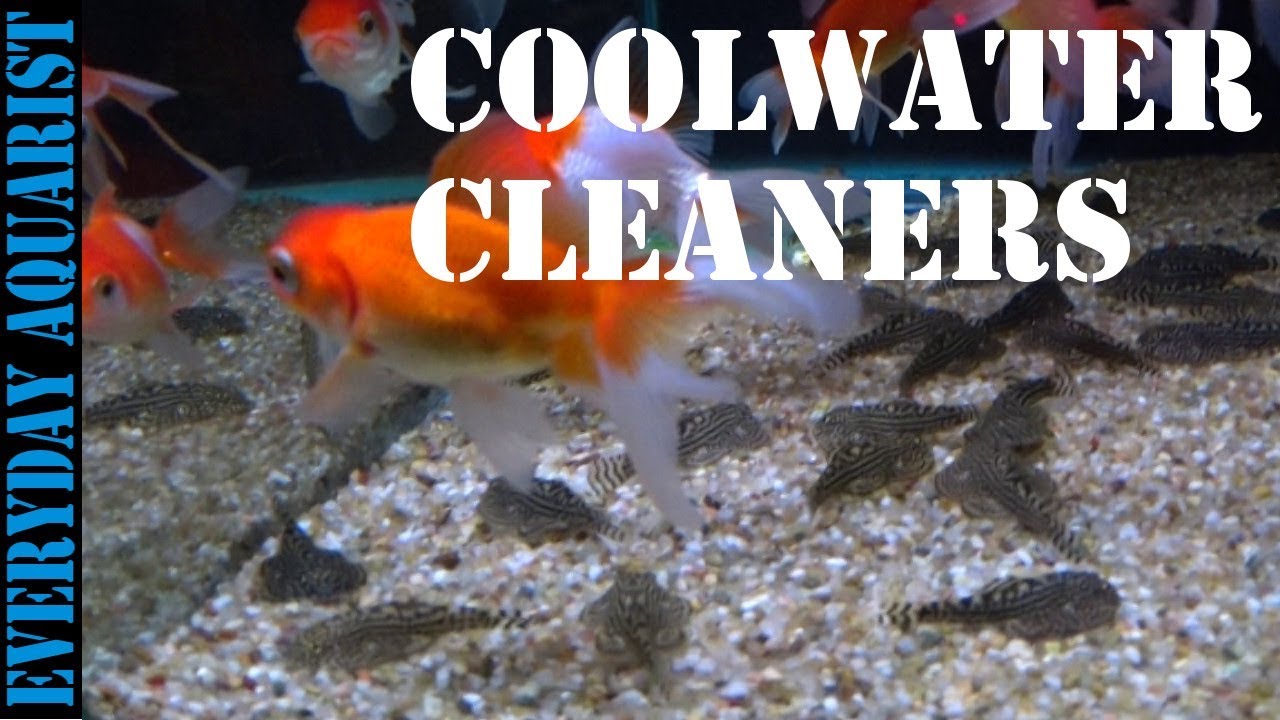
Algae-eating fish for cold water tanks include goldfish, Bristlenose plecos, Siamese algae eaters, and hillstream loaches. These fish are effective in keeping algae growth under control and maintaining a clean and healthy tank environment.
However, it’s important to note that while these fish can consume algae, proper tank maintenance and water quality management are also necessary to prevent excessive algae growth. We will explore different types of algae-eating fish and their care requirements to help you choose the best options for your cold water tank.
We will also provide tips on how to keep algae out of your fish tank and maintain a balanced ecosystem.
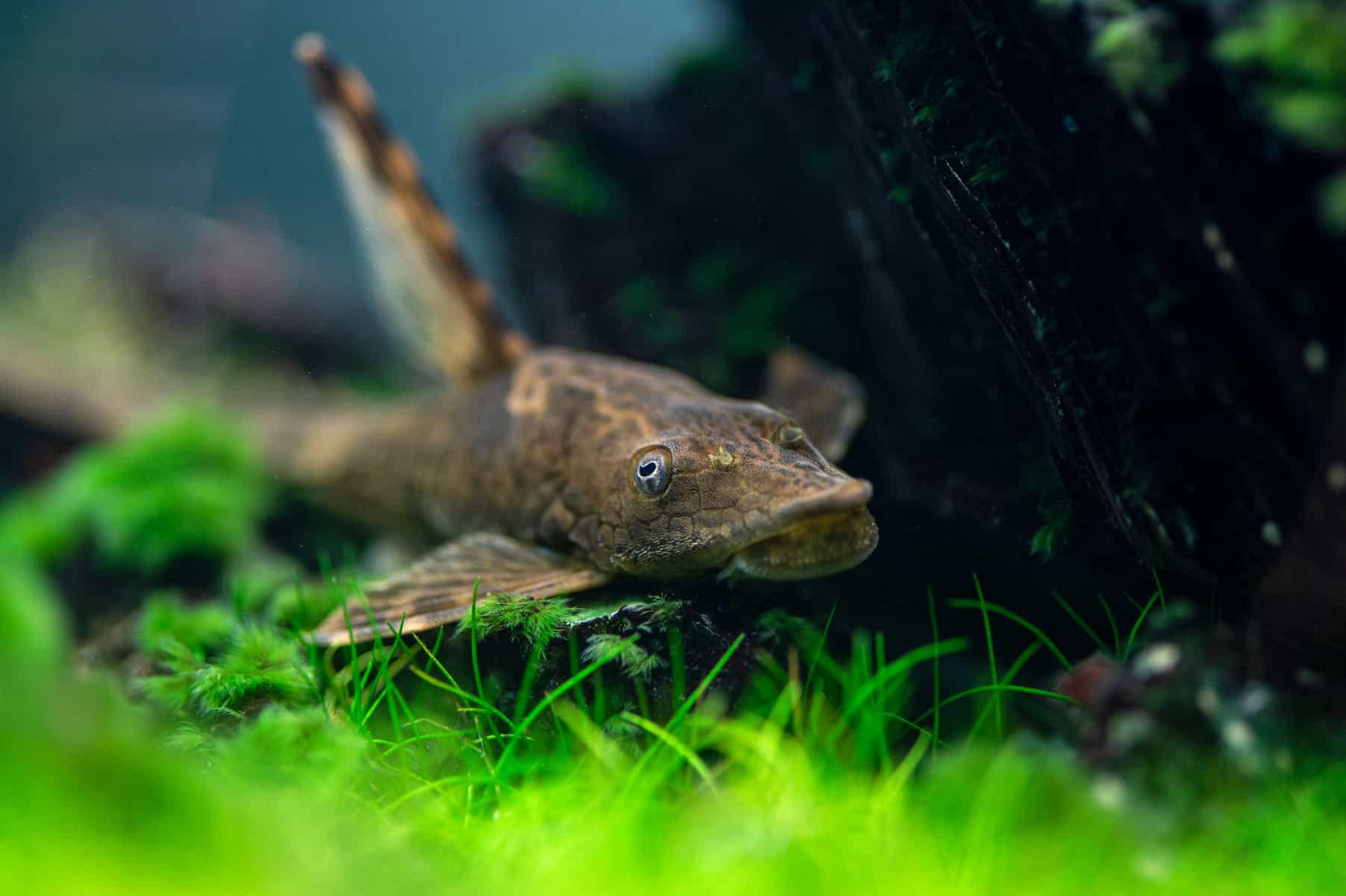
Credit: www.aquariadise.com
Best Algae-eating Fish For Cold Water Tanks
Algae growth is a common problem in cold water tanks, and finding the right algae-eating fish can help keep the tank clean and balanced. Here are three popular and effective options:
Common Pleco
The Common Pleco (Hypostomus plecostomus) is a well-known and widely used algae eater in cold water tanks. These fish have a voracious appetite for algae and can easily control the growth in your tank. They are hardy, adaptable, and can live for many years if provided with proper care. Common Plecos are large fish and require a spacious tank with plenty of hiding spots and driftwood. They thrive in temperatures between 72-82°F (22-28°C) and prefer neutral pH levels.
Siamese Algae Eater
The Siamese Algae Eater (Crossocheilus oblongus) is another popular choice for cold water tanks. These small, peaceful fish have an impressive appetite for different types of algae, including black beard algae and green algae. Siamese Algae Eaters are known for their unique appearance, with a slender body and signature black stripes. They are best kept in groups and prefer a temperature range of 72-79°F (22-26°C) with slightly acidic to neutral water conditions.
Hillstream Loach
The Hillstream Loach (Beaufortia kweichowensis) is a fascinating fish known for its ability to thrive in fast-moving, well-oxygenated waters. These loaches have a flattened body shape and distinctive suckermouth, which helps them cling to rocks and streambeds. Hillstream Loaches are exceptional algae eaters, especially in tanks with low temperatures. They prefer temperatures between 64-75°F (18-24°C) and slightly acidic to neutral water conditions. Providing them with a well-oxygenated environment and ample amounts of hiding spots is essential for their well-being.
When introducing algae-eating fish to your cold water tank, it’s crucial to ensure they are compatible with other tank inhabitants and have appropriate tank size and conditions. Regular monitoring and maintenance are necessary to keep the algae growth under control and provide a healthy environment for all the tank inhabitants.

Credit: www.ebay.com
Other Algae-eating Options For Cold Water Tanks
Looking for other options to keep algae in check in your cold water tank? Consider fish like Siamese Algae Eaters, Whiptail Catfish, and Siamese Alligatorfish, or try snails such as Nerite Snails or Ramshorn Snails. These algae-eating options can help maintain a clean and healthy environment for your aquatic pets.
Whiptail Catfish
One popular option for keeping algae in check in a cold water tank is the Whiptail Catfish. These fascinating fish have a unique appearance, with long, slender bodies and a flat, sucker-like mouth. They are capable of consuming various types of algae, including green and brown algae, making them an excellent addition to any cold water tank ecosystem.
Whiptail Catfish are not only efficient at cleaning up algae, but they are also peaceful and can coexist with other fish species. They are native to South America and are known for their low-maintenance requirements, making them suitable for both beginner and experienced aquarists.
Nerite Snails
Nerite Snails are another great option for controlling algae growth in a cold water tank. These small, colorful snails have a voracious appetite for algae and can help keep your tank clean and free of unsightly growth. Nerite Snails are known to consume different types of algae, including diatoms and green spot algae.
What makes Nerite Snails particularly appealing is their small size and peaceful nature. They won’t disturb other tank inhabitants or cause any harm to plants. In addition, they are easy to care for and can thrive in a variety of cold water tank setups.
Amano Shrimp
If you’re looking for a smaller and more active algae-eating option for your cold water tank, consider adding Amano Shrimp. These tiny crustaceans are known for their excellent algae-eating abilities, specializing in devouring green algae and hair algae.
Amano Shrimp are not only efficient cleaners but also fascinating to watch as they scuttle around the tank, searching for food. They are peaceful grazers and won’t harm other tank inhabitants. Furthermore, they can tolerate a range of water conditions, making them adaptable to different cold water tank setups.
Tips For Managing Algae In Cold Water Tanks
Managing algae in cold water tanks can be a challenge for fish tank owners. Algae growth is common in aquariums and can make the tank look dirty and unsightly. However, with proper maintenance and the right algae-eating fish, you can keep your cold water tank clean and free of algae. Here are some helpful tips for managing algae in cold water tanks.
How To Remove Algae From A Fish Tank
Removing algae from a fish tank is essential to maintain a healthy and clean environment for your fish. Here are some effective methods to remove algae:
- Manual removal: Use an algae scraper or brush to scrape off algae from the walls, decorations, and plants in the tank. Regularly clean the algae off the surfaces to prevent it from spreading.
- Water changes: Perform regular water changes to dilute the nutrients that contribute to algae growth. Changing 10-20% of the water weekly can help prevent excessive algae growth.
- Reducing light exposure: Algae thrives on light, so reducing the amount of light your tank receives can help control algae growth. Use a timer to limit the amount of light your tank gets each day.
- Chemical treatments: If algae growth is excessive, you can use algae-control chemicals that are safe for your fish. However, make sure to follow the instructions carefully and avoid using chemicals that may harm your fish or other tank inhabitants.
Preventing Algae Growth In Cold Water Aquariums
Prevention is key when it comes to managing algae in cold water aquariums. By following these preventive measures, you can minimize algae growth:
- Maintain proper filtration: A good filtration system is crucial to ensure clear water and remove excess nutrients that algae thrive on. Make sure to clean or replace the filter media regularly.
- Monitor nutrient levels: Test the water regularly to keep an eye on nutrient levels. High levels of nitrates and phosphates can promote algae growth. If necessary, use a phosphate remover or perform water changes to reduce nutrient levels.
- Avoid overfeeding: Overfeeding can lead to excess food decaying in the tank, which in turn can increase nutrient levels and promote algae growth. Feed your fish only the amount they can consume in a few minutes.
- Limit sunlight exposure: Keep your tank away from direct sunlight as it can accelerate algae growth. Place your tank in an area with controlled lighting conditions.
Choosing The Right Algae Eaters For Your Tank
To naturally control algae growth in your cold water tank, consider adding algae-eating fish to your aquatic community. Here are some popular algae eaters:
| Fish | Features |
|---|---|
| Goldfish | Can feed on algae and help control its growth. However, be cautious about the size and compatibility of goldfish with other tank inhabitants. |
| Sucker Catfish | These catfish have a sucker-like mouth that allows them to graze on algae. They can be a great addition to a cold water tank. |
| Nerite Snails | These snails are known for their appetite for algae. They are small and peaceful, making them suitable for most cold water tanks. |
| Hillstream Loach | Hillstream loaches are excellent algae eaters that prefer cooler water temperatures. They have a unique appearance and can be a fascinating addition to your tank. |
By selecting the right algae eaters for your tank and following proper maintenance techniques, you can effectively manage algae growth in your cold water aquarium. Remember to research the specific needs and compatibility of each species before adding them to your tank.
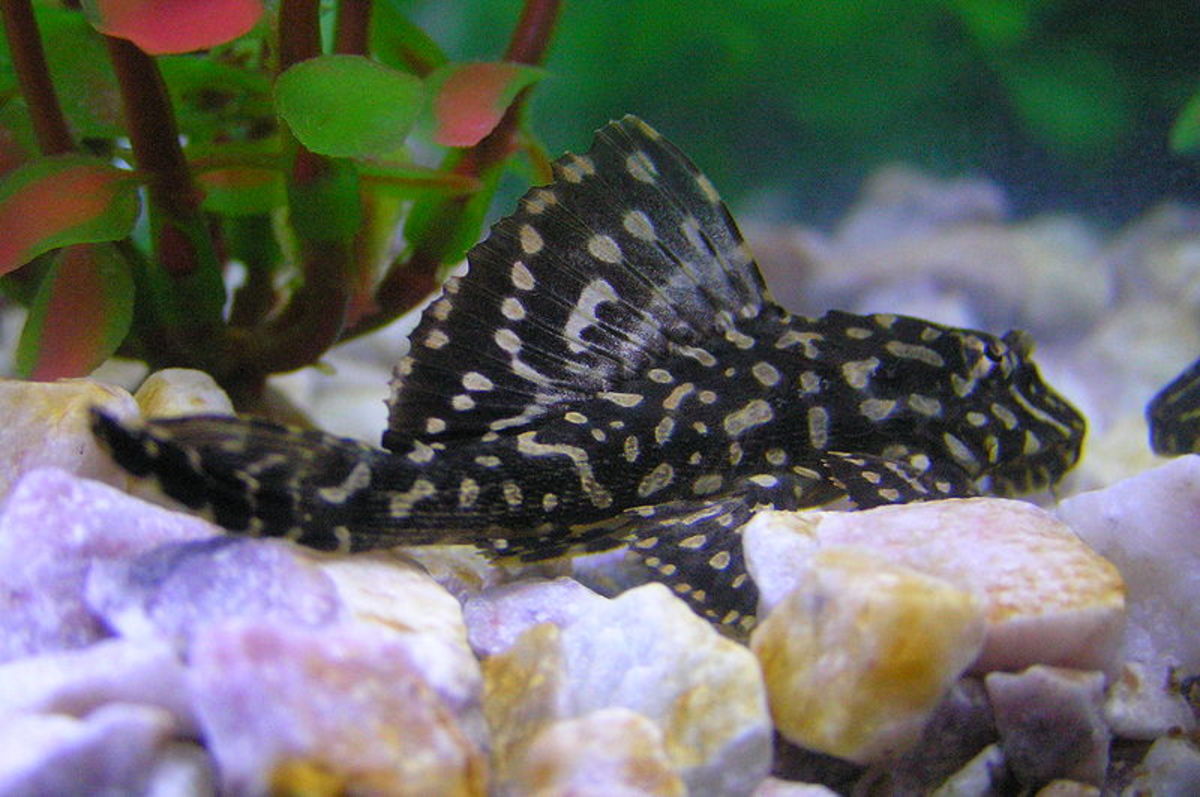
Credit: pethelpful.com
Frequently Asked Questions
Is There A Cold Water Fish That Eats Algae?
Yes, there are cold-water fish that eat algae. Examples include the Gold Ringed Stream Loach, Bulldog Flick (Rubberlip Flick), Corydoras, and Ramshorn Snail. Other options include Bladder Snails, Malaysian Trumpet Snails, and Horn Snails. These fish and snails can help keep your cold water fish tank clean and free from algae.
How Do I Keep Algae Out Of My Cold Water Fish Tank?
To keep algae out of your cold water fish tank, consider adding algae-eating fish such as goldfish, plecos, or Siamese algae eaters. You can also introduce snails like nerite or ramshorn snails. Regular tank maintenance, including water changes and proper filtration, helps prevent algae growth.
Additionally, avoid overfeeding your fish and keep the tank away from direct sunlight.
Do Algae Eaters Need A Heater?
No, algae eaters do not need a heater. They can thrive in colder water temperatures without the need for a heater.
Does Algae Grow In Cold Water Aquarium?
Yes, algae can grow in cold water aquariums. Algae spores are present everywhere, including cold water tanks, and if there is light, algae will grow. However, there are specific algae-eating fish and cleaners that can help control and prevent algae growth in cold-water aquariums.
Some examples include goldfish, snails, shrimp, and plecos.
Conclusion
Keeping your cold water tank free from algae is essential for maintaining a healthy environment for your fish. Thankfully, many algae-eating fish and cleaners can help with this task. From goldfish to plecos, snails to shrimps, there are plenty of options to choose from.
Each of these algae eaters has its unique characteristics and benefits. By adding the right algae eaters to your tank, you can ensure that your fish are living in a clean and algae-free environment. Say goodbye to green water and hello to a pristine tank with the help of these algae-eating fish and cleaners.

